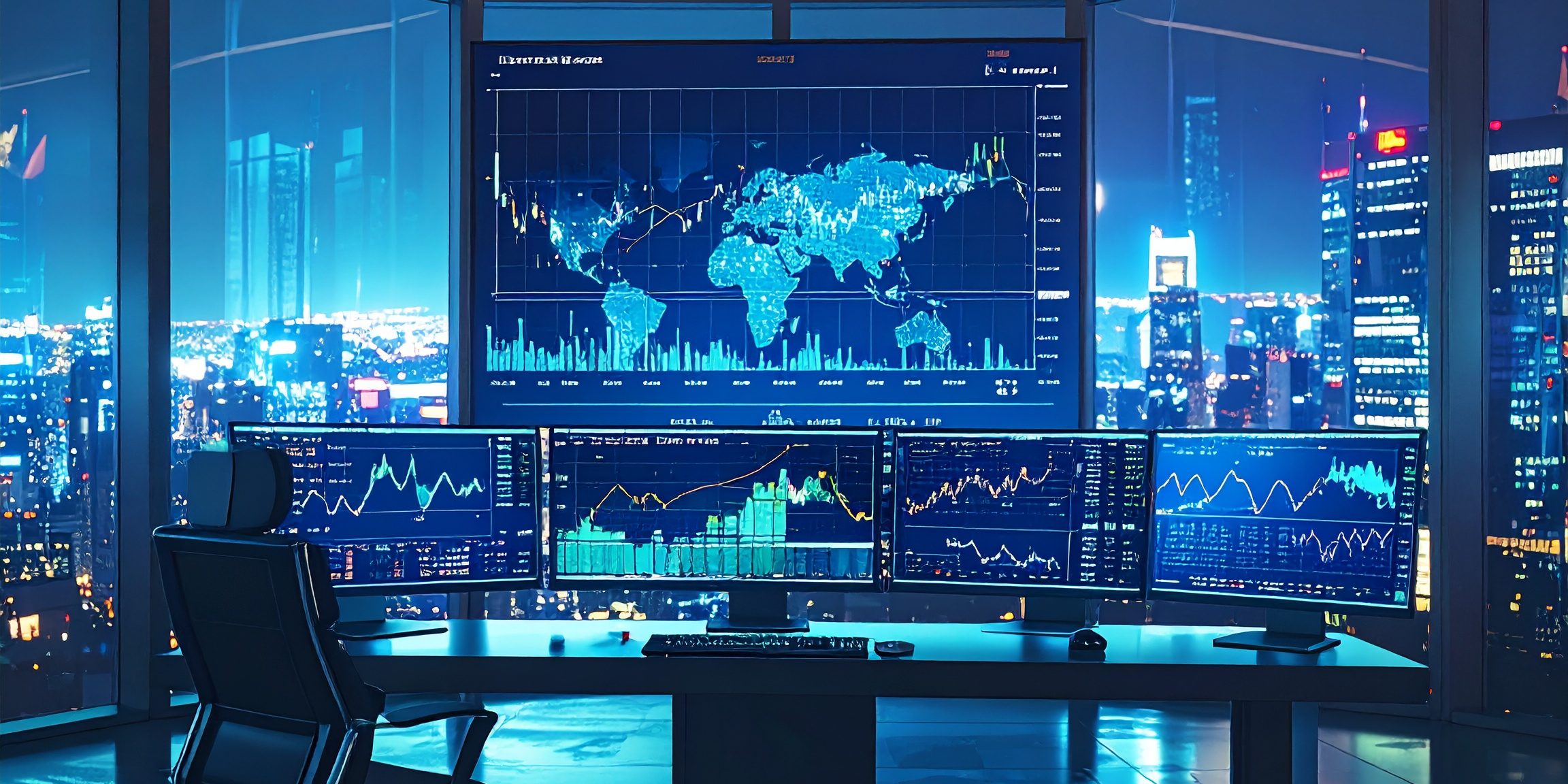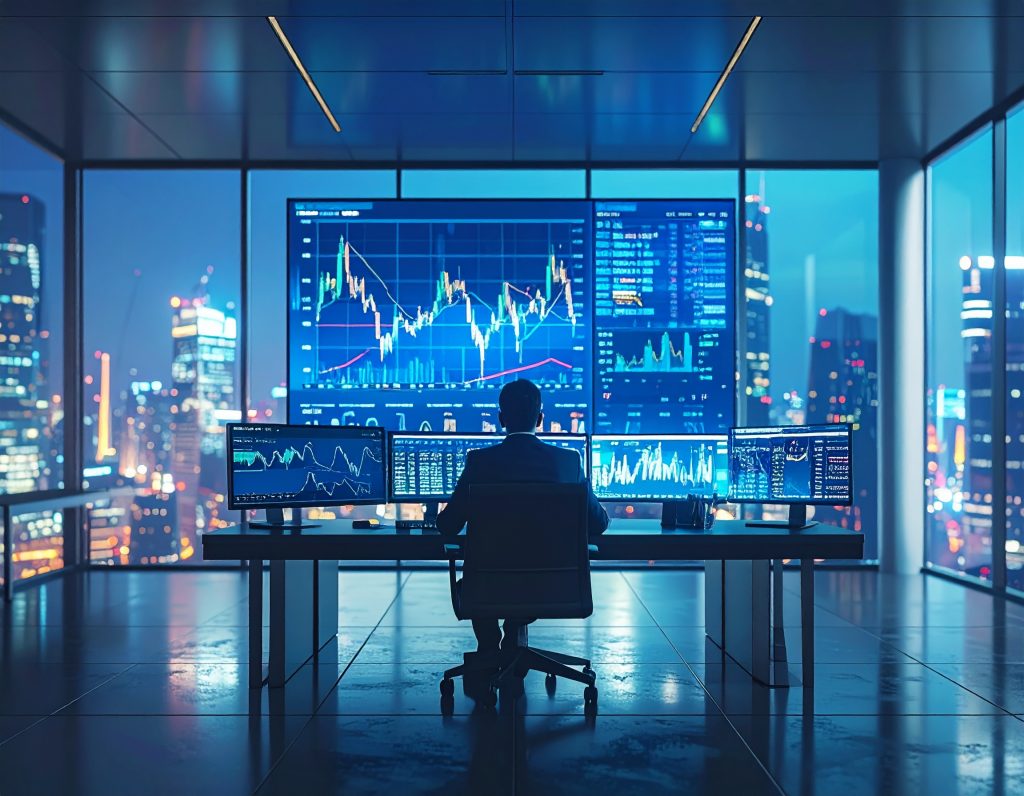
In today’s fast-paced financial markets, where nanoseconds can mean the difference between profit and loss, algorithmic trading (or algo trading) has emerged as a game-changing innovation. Driven by mathematics, statistics, and cutting-edge technology, algorithmic trading now accounts for the vast majority of trading volume in global equity and derivatives markets.
At UniDev Global, we’re passionate about exploring how automation and artificial intelligence (AI) can reshape industries—and nowhere is this transformation more evident than in the world of trading. This blog post offers a comprehensive introduction to the current state of algorithmic trading: what it is, how it works, key trends, and why it matters more than ever.

What Is Algorithmic Trading?
Algorithmic trading is the use of computer programs to automate trading decisions. Instead of a human manually buying or selling stocks, an algorithm executes trades based on pre-defined rules—such as timing, price, quantity, or complex mathematical models.
For example, a simple algorithm might be programmed to buy a stock if its 50-day moving average crosses above its 200-day moving average (a common technical indicator known as the “golden cross”). More advanced strategies can involve statistical arbitrage, machine learning, or natural language processing to interpret market sentiment.
The key advantage? Speed, precision, and scalability. Algorithms can process vast amounts of data in milliseconds, react instantly to market changes, and execute thousands of orders across multiple exchanges without fatigue or emotional bias.
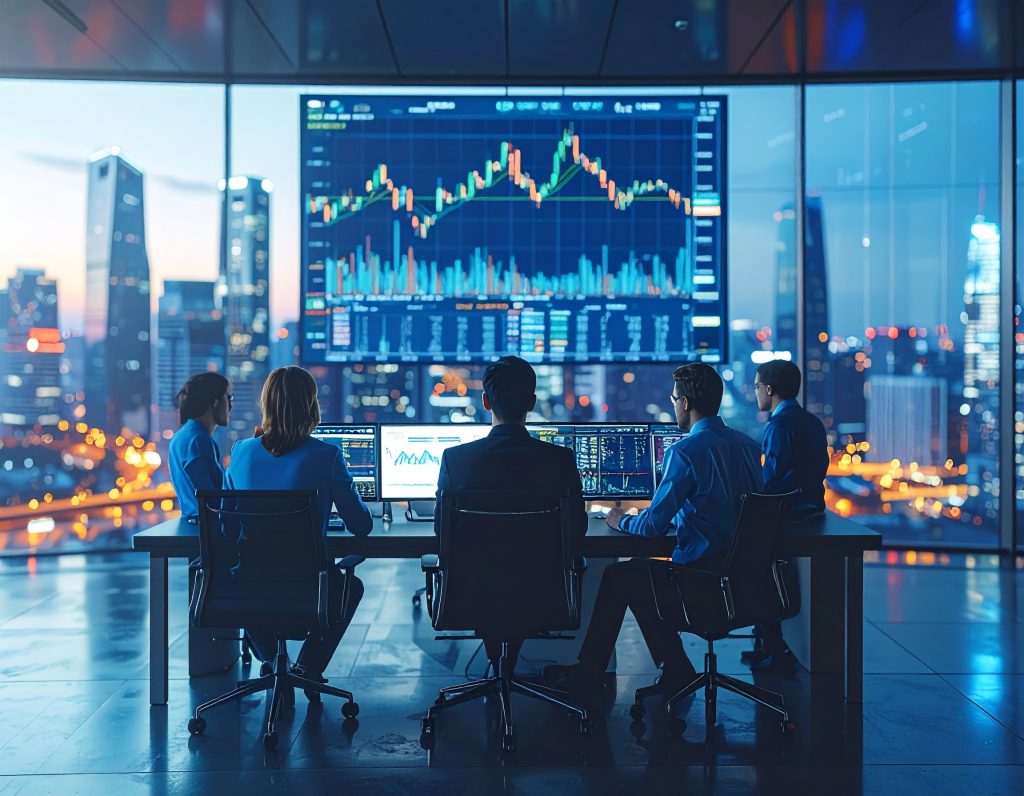
A Brief History
While algorithmic trading has roots in the 1970s, its true acceleration came in the 2000s with the rise of electronic trading platforms and direct market access (DMA). By 2010, more than 60% of U.S. equity trades were being executed algorithmically—a trend mirrored across Europe and Asia.
Today, algorithmic trading is not only dominant in equity markets, but also in forex, commodities, fixed income, and cryptocurrency. Hedge funds, institutional investors, market makers, and even retail traders are adopting automated systems to gain an edge.
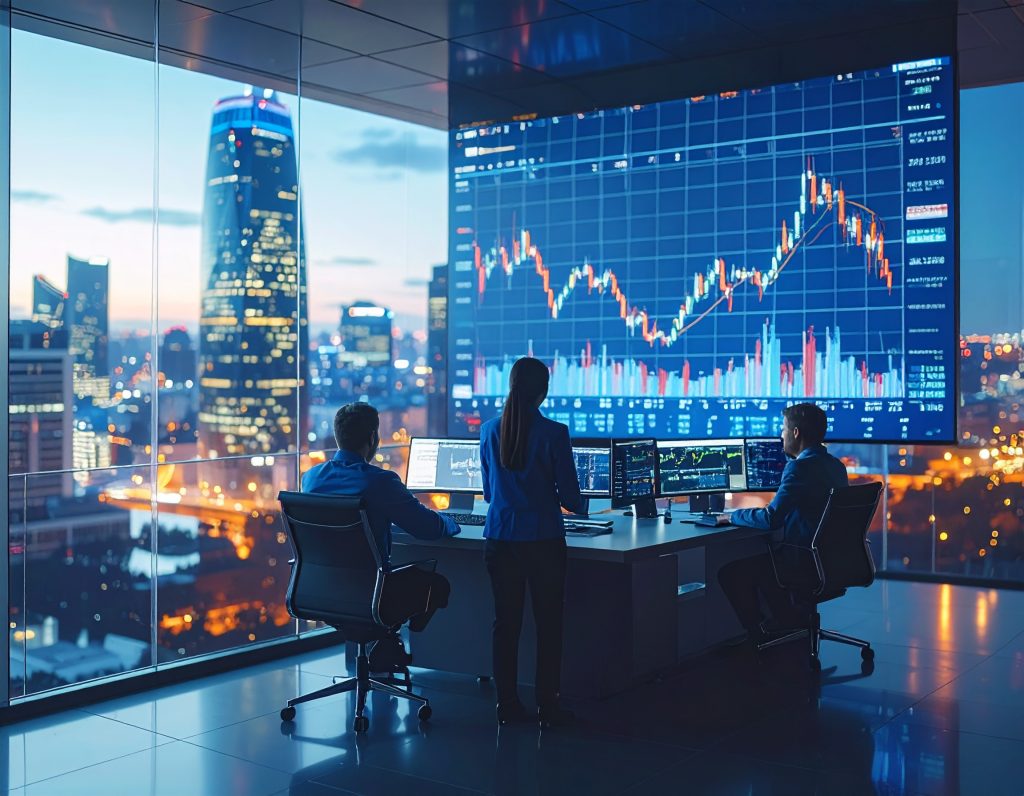
Core Components of an Algo Trading System
At its core, an algorithmic trading system consists of:
- Strategy Design – The logic or rule-set the algorithm follows. This could be based on technical indicators, statistical patterns, news sentiment, or economic events.
- Backtesting Engine – Before going live, a strategy must be tested on historical data to evaluate performance, risks, and robustness.
- Execution System – A module that places orders efficiently while minimising market impact and slippage. This could include smart order routing and trade execution algorithms like TWAP (Time Weighted Average Price) or VWAP (Volume Weighted Average Price).
- Risk Management – Every algo must include rules to control exposure, limit losses, and comply with trading regulations.
- Data Feeds – High-quality real-time and historical data is essential. This includes market prices, news feeds, alternative data (social media, satellite imagery, etc.), and order book information.
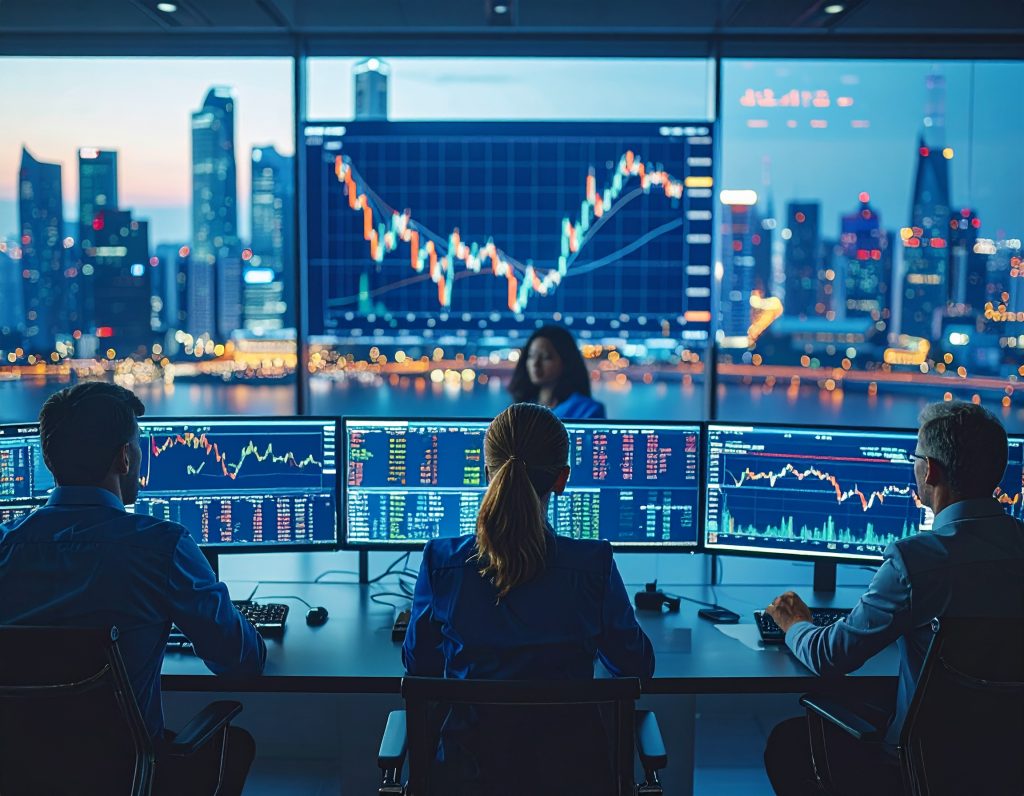
Popular Types of Algo Trading Strategies
Algo trading encompasses a wide range of strategies. Some of the most common include:
- Trend-Following Strategies – These algorithms identify and follow market trends using technical indicators like moving averages, MACD, or RSI.
- Mean Reversion – These strategies assume that asset prices will revert to a historical average. Popular in pair trading and Bollinger Band strategies.
- Arbitrage – Exploiting price discrepancies between different markets or instruments. For example, crypto arbitrage between Binance and Coinbase.
- High-Frequency Trading (HFT) – Involves executing thousands of trades in fractions of a second. Requires ultra-low latency infrastructure and co-location with exchanges.
- Market Making – Providing liquidity by continuously quoting buy and sell prices, profiting from the bid-ask spread.
- Machine Learning Models – Using AI to detect complex patterns and predict price movements. This includes supervised learning, reinforcement learning, and deep neural networks.
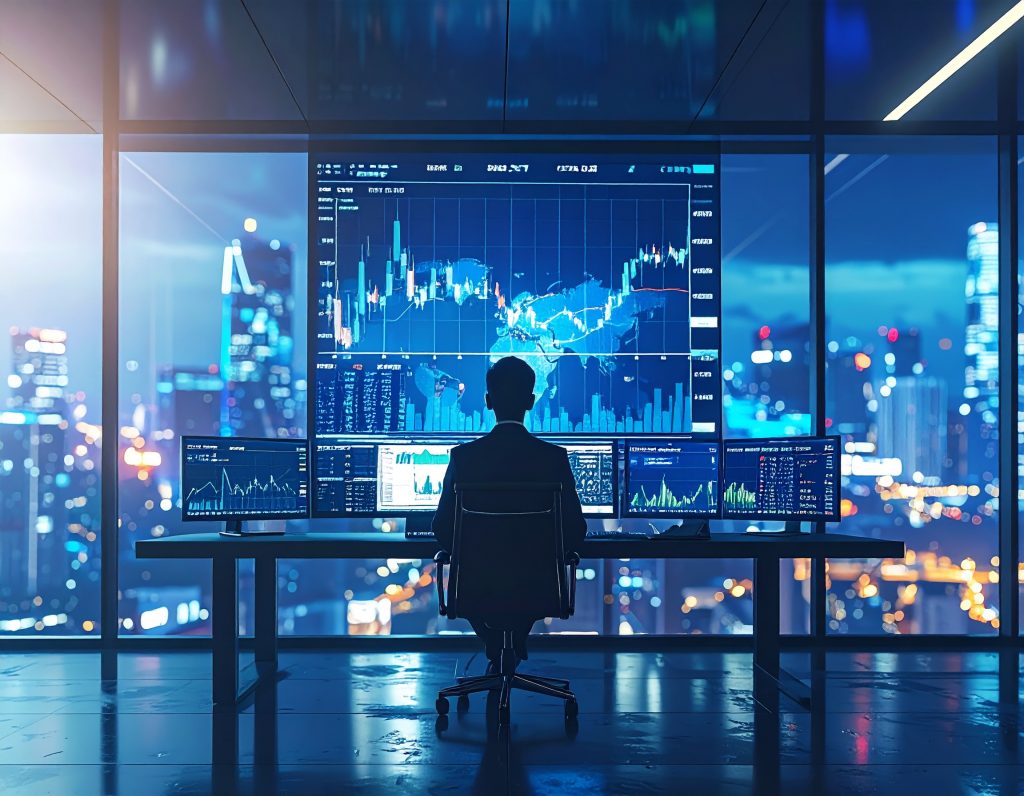
The Role of Artificial Intelligence
One of the most exciting developments in algo trading is the rise of AI and machine learning. Traditional rule-based algorithms are now being augmented (or replaced) by self-learning models that can adapt to changing market conditions.
Natural language processing (NLP) is also being used to analyse news articles, tweets, and earnings transcripts to gauge market sentiment in real-time. AI-driven trading bots can even simulate human decision-making and optimise their strategies autonomously through reinforcement learning.
However, AI-based trading is not without its risks. Models can be data-hungry, hard to interpret (black-box), and sensitive to regime changes. Hence, explainability and robustness testing are crucial in production-level AI trading systems.

Regulation and Ethical Considerations
With great power comes great responsibility. Regulators across the world have taken a close interest in algorithmic trading due to its potential to cause market volatility, flash crashes, and unfair advantages.
Key regulatory concerns include:
- Market Manipulation – Like spoofing (placing and cancelling fake orders to manipulate prices).
- Transparency – Ensuring algorithms don’t exploit insider information or operate opaquely.
- Systemic Risk – Preventing runaway algorithms from destabilising markets.
As a result, regulators have introduced circuit breakers, mandatory testing, and audit trails to promote transparency and safety.
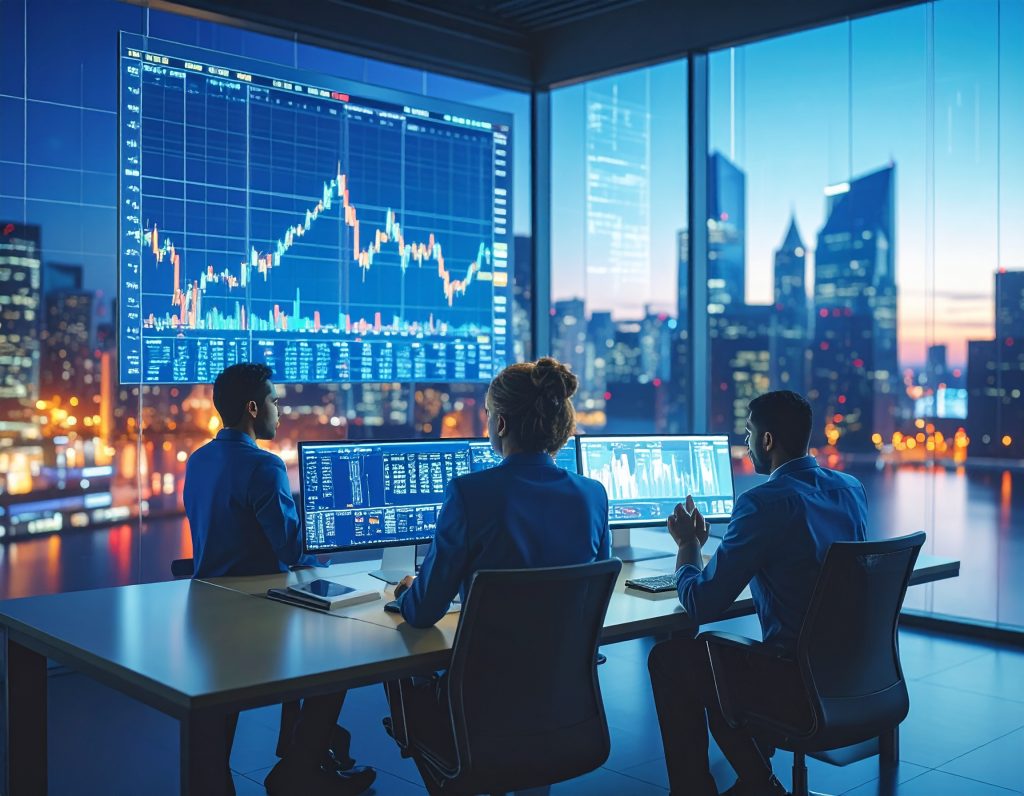
Who Uses Algorithmic Trading Today?
- Institutional Investors: Pension funds, insurance companies, and mutual funds use algorithms to reduce trading costs and execute large orders efficiently.
- Hedge Funds: Many quant hedge funds are fully algorithmic, employing PhDs and data scientists to build proprietary models.
- Retail Traders: With the rise of platforms like MetaTrader, QuantConnect, Alpaca, and Interactive Brokers APIs, retail investors are increasingly automating their trading.
- Prop Trading Firms: Proprietary trading firms invest their own capital using high-frequency or systematic strategies.
The Future of Algorithmic Trading
The future of algo trading is being shaped by several key trends:
- Democratisation of Tools – Open-source libraries like Python’s pandas, zipline, backtrader, and cloud computing are making algo trading more accessible than ever.
- Data Explosion – Alternative data (e.g., satellite images, ESG scores, IoT sensors) is being integrated into algorithms to gain a deeper understanding of market dynamics.
- Blockchain and DeFi – Smart contracts and decentralised exchanges are enabling algorithmic trading in DeFi (Decentralised Finance) ecosystems.
- Quantum Computing – Still early-stage, but could revolutionise optimisation and predictive modelling in trading strategies.
Final Thoughts
Algorithmic trading is transforming the financial landscape, bridging the gap between finance, mathematics, and computer science. As the industry continues to evolve, the ability to design, test, and deploy robust, ethical, and intelligent algorithms will become a key competitive edge.
At UniDev Global, we are committed to leveraging technology to empower modern investors, developers, and businesses. Whether you’re a tech-savvy trader, a fintech entrepreneur, or an investor looking to explore automated solutions, the world of algorithmic trading offers exciting possibilities.
Stay tuned for more in-depth posts as we dive deeper into specific strategies, tools, and case studies in the algo trading universe.

